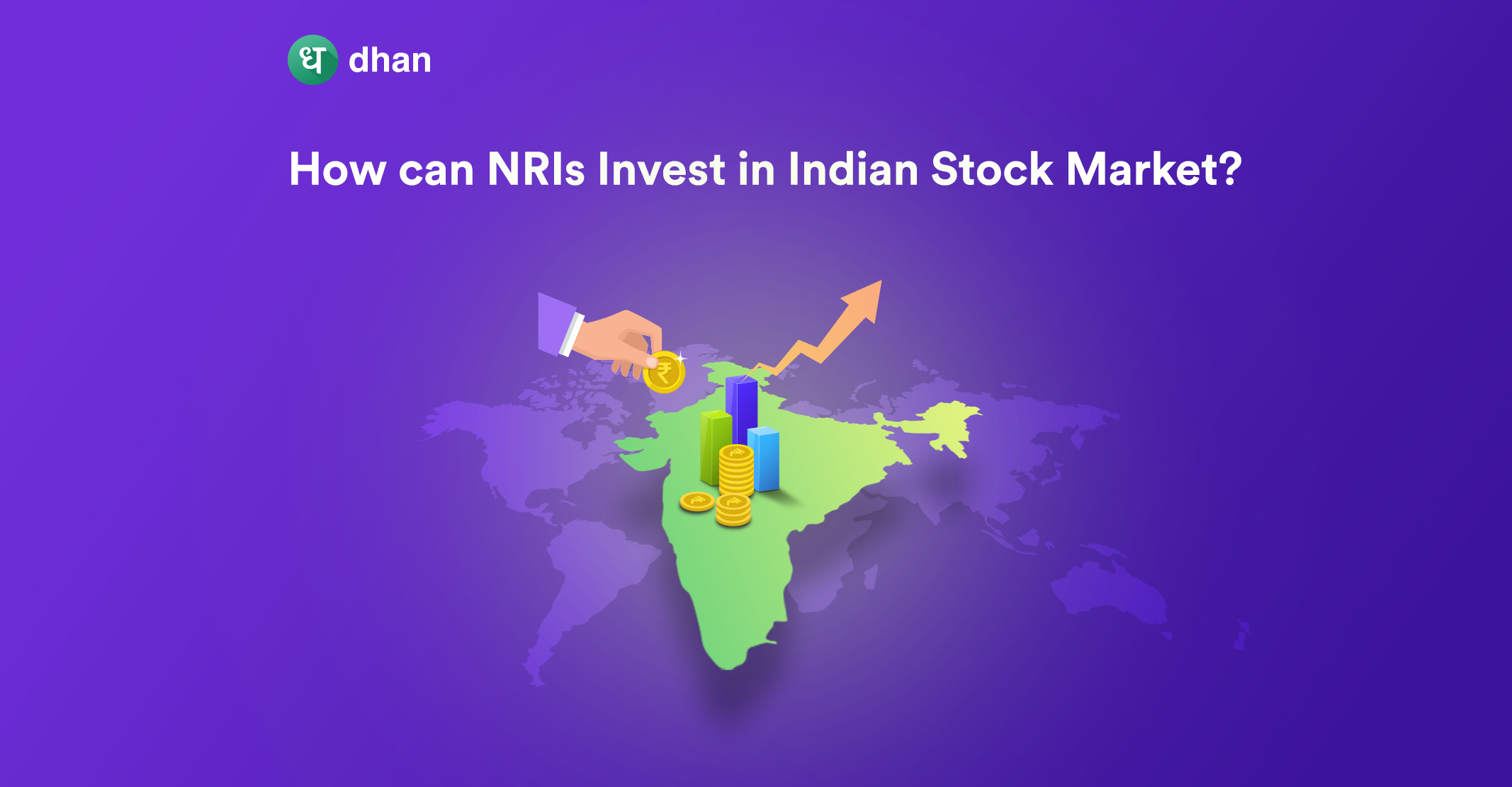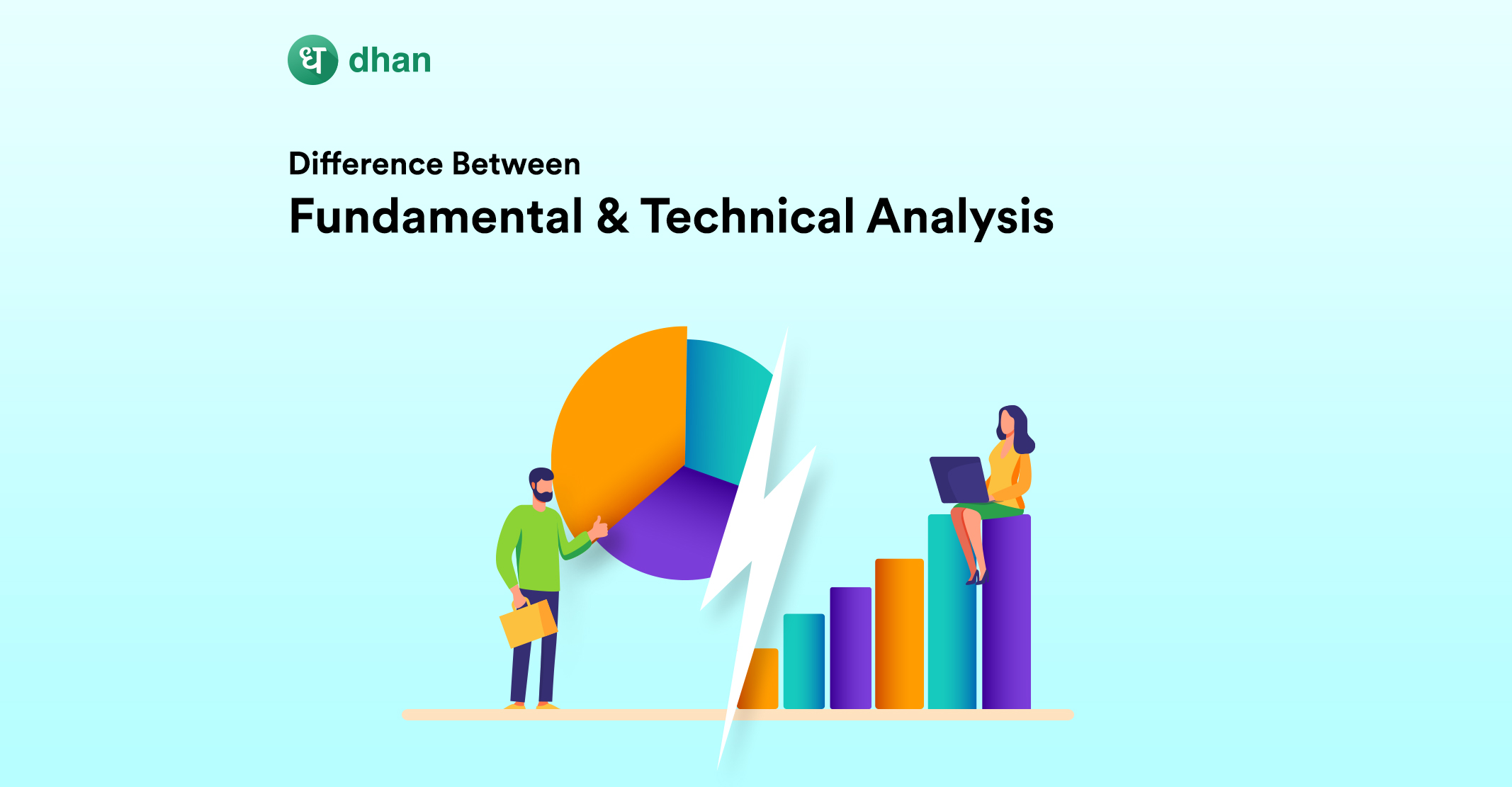After the stock market highs of 2021, 2022 could be a year in transition. With potential Central bank interest rate hikes in the offing, rising commodity prices, and the Russia- Ukraine war, Indian equity markets are undergoing a phase of consolidation. So, how can you make your portfolio perform better in 2022?
How to Improve your Stock Portfolio in 2022?
You can follow the following 5 steps to improve your portfolio performance:
1. Portfolio Diversification
Diversify your portfolio among various asset classes. Don’t make concentrated investments in any asset class. Diversify among stocks, bonds, precious metals, and real estate. Look at equity shares, index funds, and mutual funds. Diversify your portfolio by industry, sector, and geographical diversification. Invest in assets that have a low correlation with each other. Diversification within an equity portfolio means limiting your equity portfolios to a maximum of 15-20 stocks. Don’t over diversify, as this would reduce the efficiency of diversification. Your costs of trading would increase and bring down the profit margin. Also, your attention would be diverted, and you would not be able to adequately monitor and track the performance. Through a smart stock trading app, create a stock portfolio of good-quality companies for 2022 and beyond.
2. Reasonably Valued Stock Selection
Stock selected in your portfolios should have reasonable Price-Earnings and Price to Book Value ratios. After the run of the stock markets, many stocks are overvalued. Carefully pick your stocks and build a portfolio for the long term. Select stocks with reasonable P/E and P/B ratios. The valuations should be reasonable to their peer companies and their historical valuations. Here is how to identify undervalued stocks?
3. Management Effectiveness and Corporate Integrity
Focus on stocks where the management is known for its effectiveness in handling the company’s operations. Return on Equity (ROE) is a specific parameter that captures this attribute efficiently. Compare the ROE of the company to those of its peers in the same industry and its own historical ROEs. In addition, the stock should have good product quality, brand value, substantial market share, etc. These are known as stocks with wide moats. Look for recent analyst upgrades of reasonably valued companies to pick the best companies and add them to your watchlist.
4. Buy and hold strategy
Holding your carefully selected portfolio of stocks is always a better strategy for the long term. Trading frequently increases your costs of operations and increases the possibility of potential losses. Opportunity losses are also higher. Equity stocks always produce better returns in the medium to long term. So a buy and hold strategy always is more value accretive in the long term as returns are compounded by this strategy.
5. Contrarian investing and cost averaging
Following the contrarian philosophy of investing, “Buy low and sell high,” and maintaining appropriate stop losses for your orders always improves your portfolio profitability. Always maintain appropriate stop losses to limit your potential losses due to sudden stock downturns. Continuously invest in small increments in your selected stocks to lower your weighted average costs.
Key Takeaways
You should not have a short-term focus while investing. If you are a millennial with a professional career and a steady income stream, build up your investment portfolio to work for you in the long term. Build a diversified portfolio for maximum long term risk-adjusted returns by following the steps outlined above. Therefore, carefully select your portfolio elements and stocks and build a portfolio that lasts when you do online investing. This is the best path for wealth maximisation.
Happy Investing 😇
Disclaimer: This blog is not to be construed as investment advice. Trading and investing in the securities market carries risk. Please do your own due diligence or consult a trained financial professional before investing.



